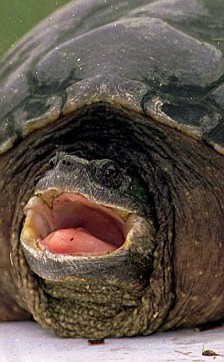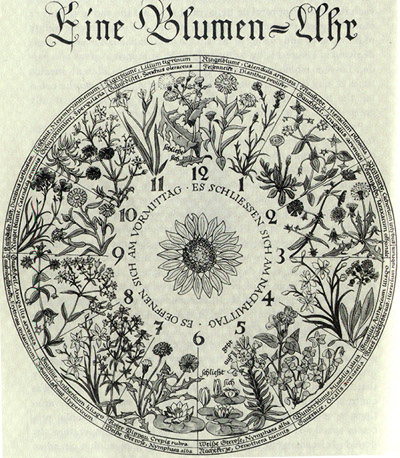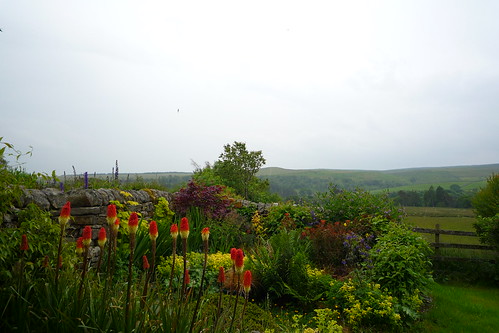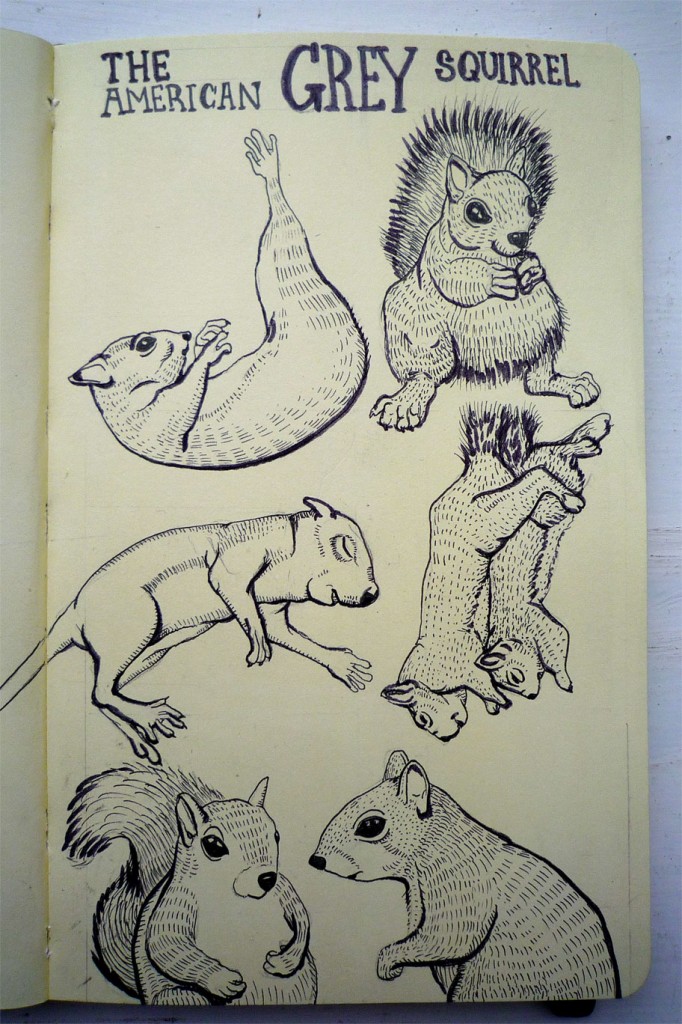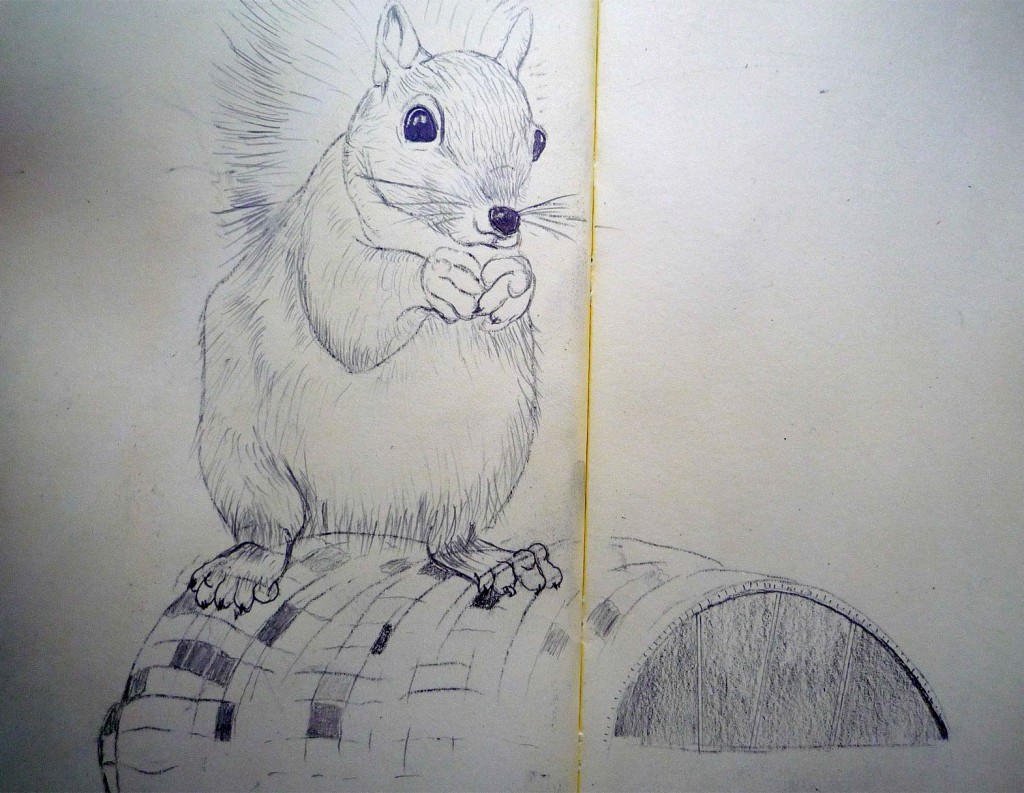My first red squirrel today – actually 2 of them. Not a hard find- there is a very nice, very fancy, very comfortable, and very well-stocked wildlife hide set up in Kielder Water, at Leaplish. It’s rather National Geographic- except with no effort to conceal the lure of an arsenal of feeding stations, in all of which the reds were happy to partake.

Those flirty, spoiled little bastards, I kept thinking; they run in, snack it up, run out, scamper off, run back in, snack… & cet. After an hour, the pair conceded to frolic round their proper feeding box. And gambol they did.
I missed the first shot: the distended, carved wooden red squirrel effigy you can see along the path (above photo), with its spry referent in sight (which had fled by the time I snapped the photo).
It was raining when I got to the hide, so I had the place to myself. It was a shady wonderland; then the sun came out; then the squirrel fans came. Reverentially. With huge whispered sighs and wide eyes. It’s amazing what we are willing to look through, in order to experience nature (me too!). But I’m through blocking the intercessions. In this case, one couldn’t – these reds are on welfare assistance, propped up in a managed forest (their last stronghold), essentially a timber concern full of caravans, water skiing lessons and motor boats.
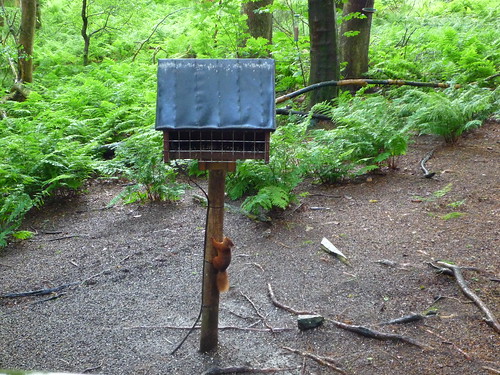
Lest I mislead with my semi-acrid tone, it was a thrill. They’re as cute as their pictures: petite, scampering, with ginger coats, tufty ear extensions, alert expressions, and compact physiques. I’m charmed, and querulous.


